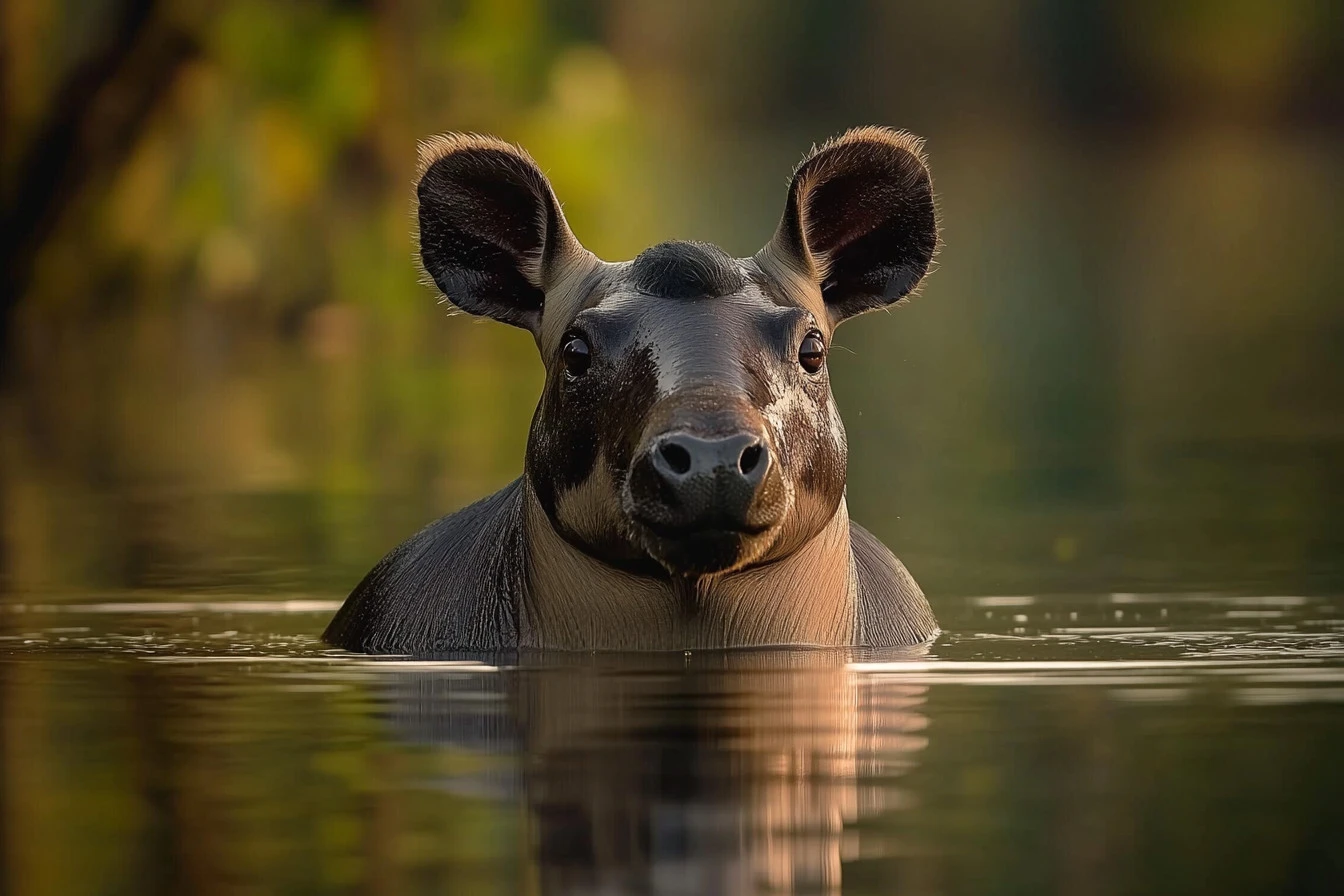The South American Tapir: A Unique Animal
South American tapir, or Brazilian tapir , largest land mammal of the continent. Among other countries, this impressive creature resides in the forests and grasslands of Argentina, Brazil, Bolivia. Read on to learn more about the tapir and what is so fascinating.
Appearance and Size
It is one of the smallest creatures that occur here, a miniature relative of South America’s largest native land mammal, the tapir. It weighs anywhere from 400 to 700 pounds and can be up to six-and-a-half feet long. It is short and round with massive legs. When young, its skin is covered by light and bright-colored spots and stripes over a dark (brown to black) background. The tapir has a characteristic elongated and flexible snout, which appears to be an abbreviated trunk. The tapir uses this trunk like snout to pull leaves and fruits down trees.
Habitat and Diet
Tapir Rainforests, rivers and swamps where tapirs prefer to live They are excellent swimmers and like hiding in the water when it is hot, or as a protection against predators. It is a herbivore, which means it only eats plants. They eat leaves, fruits and twigs. When eating a variety of different plants, tapirs help to disperse seeds which is crucial for maintaining the health on their ecosystems.
Behavior and Social Life
South American tapirs are solitary animals for the most part. Both prefer to be solitary; However, they occasionally mate. Night Owls: They are basically nocturnal and will wander off when the cover of dark falls. Tapirs smell their way to food, and also use it to communicate with other tapirs. They mark their territory with tree scents.
Conservation Status
Unfortunately, the South American tapir is considered vulnerable. This means it is at risk of becoming endangered. Habitat loss due to farming and deforestation is a major threat to tapirs. People can help by supporting conservation efforts and protecting their natural habitats.
In summary, the South American tapir is a fascinating animal that plays an important role in its environment. By learning about the tapir, we can appreciate and help protect these unique creatures.





